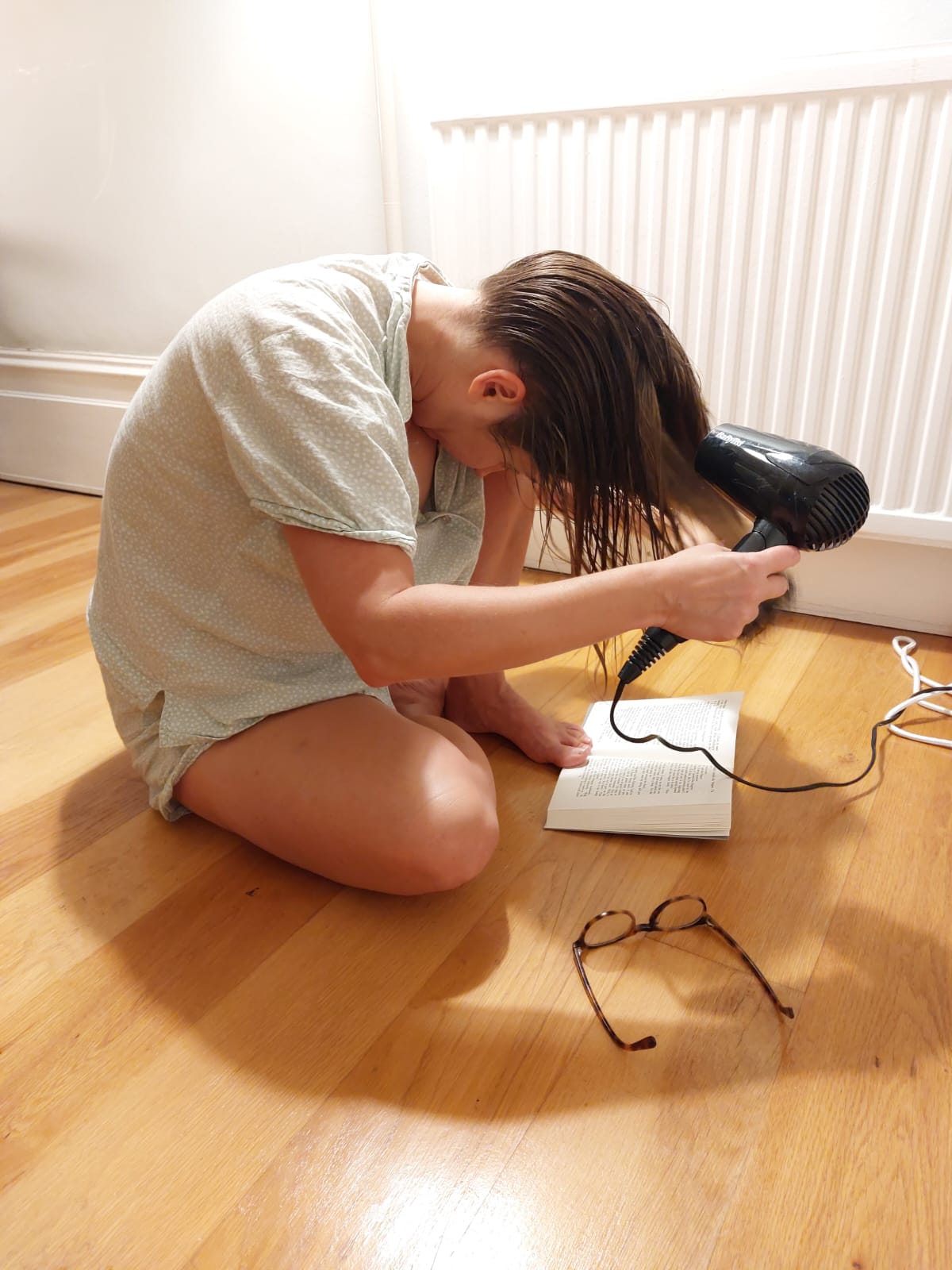I had a lot of confused feelings about this book. On the one hand, it was quite more-ish, and I finished it very quickly. On the other hand, I felt kind of annoyed, and I can’t really explain why. It tells the story of a sort of love triangle involving undergraduates in Stockholm. If this is giving you fun TWILIGHT vibes, let me stop you right there. It is way more tortured than that, and ends with the girl getting with the wrong guy. Mostly because they DON’T COMMUNICATE. I was like: just talk to each other! How hard is it to say: are you my boyfriend?! Or: my feelings were hurt when . . .
Not to sound like I’m so perfect at relationships, but jesus. Also annoying was the almost mind-boggling level of safety in which these Swedish people live. It is deeply disorienting to read a book, especially a book about young people, that is not drenched in economic anxiety.
I spent a good 4000 pages in Stockholm a few years ago (shout out to Karl Ove Knausgaard’s MY STRUGGLE) so I feel eerily familiar with the upper-middle class of this city that I have never even visited. This book is very much of that world. There is a lot of describing grocery story visits and eating simple and healthy foods (grr!). There’s also a lot of this kind of writing:
That summer, August and I would bike to Djurgarden in the mornings, and pick a tree close to the water where we’d park our bikes and lay out our towels and then spend the day swimming, sunning and reading. I’d bring a thermos of coffee and August would come with tuna sandwiches wrapped in tinfoil. The empty wrapping glittered in the sun after we’d eaten.
That last sentence in particular gives you a flavour of what we are dealing with.




